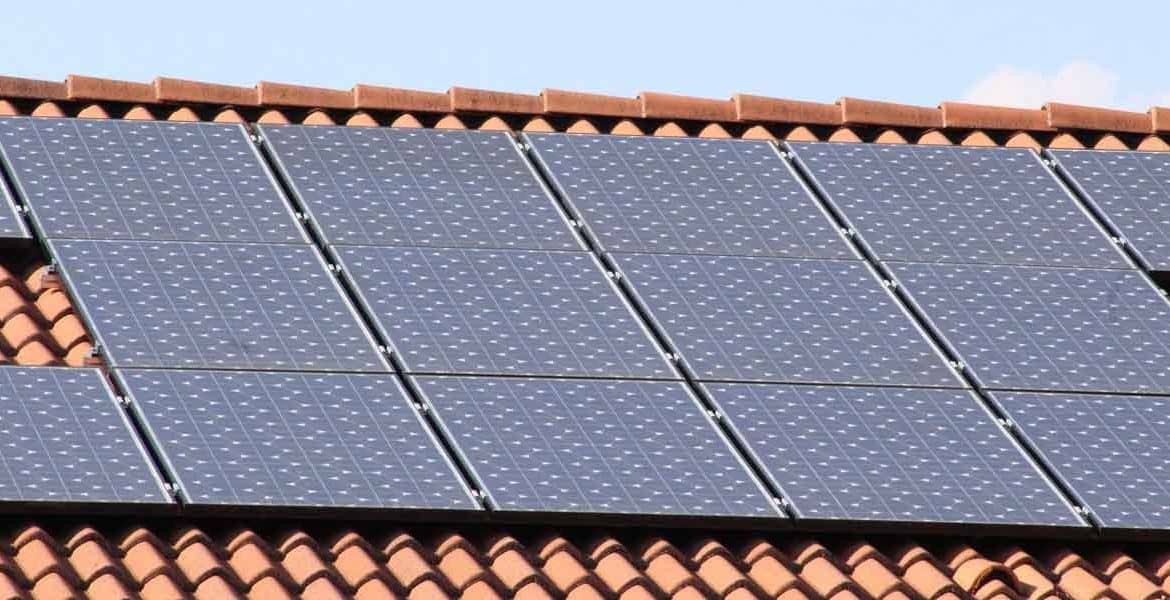The latest report from the Australian Energy Council (AEC) shows that rooftop solar has become the second-largest generator of electricity in our country. That’s because households with solar now provide a whopping 14.7 gigawatts (GW) of capacity.
Coal still chugging along.
It’s true that coal-fired power sources still offer more capacity. However, rooftop solar is fast closing the gap. From April to June 2021, another 109,000 new PV systems joined the grid.
A massive year for solar in Australia
Despite COVID-19, solar continues to boom. Sarah McNamara from the AEC’s said “All jurisdictions, except the Northern Territory, hit records for the number of solar panels installed compared to the previous year.”
During the 20/21 financial year, more than 370,000 solar systems were installed on Aussie homes, up 15% from the previous year.
“Continued low technology costs, increased working from home arrangements, and a shift in household spending to home improvements during the COVID-19 pandemic played a key role in the increase of rooftop solar PV systems ,” said Ms McNamara.
Solar state stats
New South Wales residents installed over 116,000 solar rooftop PV systems, leading the way. This added almost a gigwatt of capacity! Meanwhile, Queenslanders installed almost 90,000 new PV setups, while over 73,000 extra Victorian homes now run solar.
Victoria had the two postcodes with Austalia’s highest number of PV installs in 2020/21 – 3064 (Donnybrook) and 3029 (Hoppers Crossing, Tarneit, Truganina). Between them over 5,00 PV systems were installed in these suburbs during the last 12 months.
Up north in Queensland, the third placed postcode was 4300 (including 10 suburbs around Springfield).
And in NSW, 2765 (Marsden Park and surrounding suburbs) and 2155 (Beaumont Hills, Kellyville, Kellyville Ridge, North Kellyville & Rouse Hill) rounded out the top five, with over 4,000 installs between them.
Is solar still worth it in 2021?
The Australian Energy Council crunched the latest costs for solar. They calculated the ‘Levelised Cost of Energy (LCOE)’ per kilowatt-hour (kWh) of solar produced for solar homes in capital cities of Australia for a range of system sizes. In short, they found that solar produced electricity at a significantly lower cost than the price of grid electricity. This is no surprise to solar owners, who experience lower power bills.
Rooftop solar vs grid electricity cost (LCOE) as $ per kWh
| City | 3 kW PV System | 7 kW PV System | 7 kW PV System | 10 kW PV System | Grid retail prices* |
|---|---|---|---|---|---|
| Adelaide | $0.11 | $0.09 | $0.09 | $0.09 | $0.33 |
| Brisbane | $0.12 | $0.10 | $0.10 | $0.10 | $0.22 |
| Canberra | $0.11 | $0.09 | $0.09 | $0.09 | $0.22 |
| Darwin | $0.15 | $0.13 | $0.12 | $0.11 | $0.26 |
| Hobart | $0.16 | $0.13 | $0.12 | $0.13 | $0.27 |
| Melbourne | $0.13 | $0.11 | $0.11 | $0.11 | $0.23 |
| Sydney | $0.12 | $0.10 | $0.10 | $0.09 | $0.27 |
| Perth | $0.09 | $0.08 | $0.08 | $0.09 | $0.29 |
Source: Australian Energy Council analysis, August 2021. Cost per kWh for solar based on purchase of a 3kW, 5kW, 7kW or 10kW residential PV system factoring 5.37 per cent discount rate (ten-year average mortgage rate). The retail comparison rates are representative variable rates and do not include supply charges. Retail prices are based on usage charges from St Vincent de Paul’s tracking of market offers, which was last updated in July 2020.
What about battery?
Battery installations with rooftop solar were a more modest affair. Around 4,000 concurrent solar-storage setups were added in the first quarter of 2021.
In 2020, South Australia accounted for 39% of Australia’s joint solar and battery installations. This was due to a generous State Government program with upfront cash incentives and interest-free loans. However, this has now slowed.
In contrast, New South Wales has seen an uptick in battery installations, now accounting for 27 per cent of the countries solar storage additions. The NSW State Government’s interest free-loan scheme (closed on 31 July 2022) for new residential solar with battery storage has assisted this growth.
The battery revolution is still in the early days. But, given that Aussie households have literally transformed the energy sector through rooftop solar, there’s no doubt that the community will be playing an even bigger role in our energy future.

